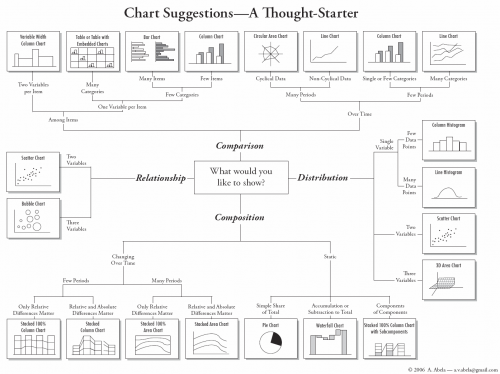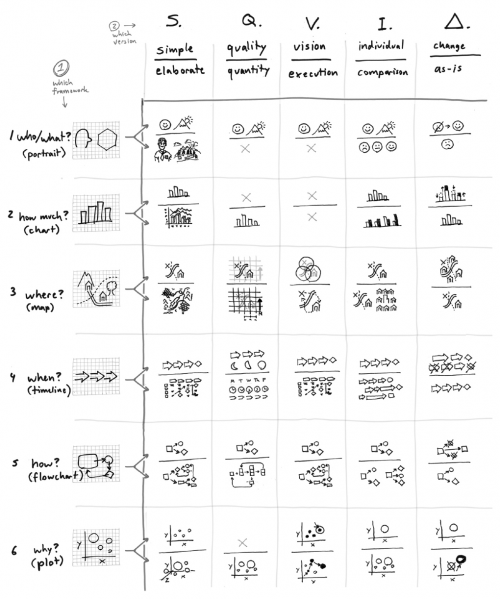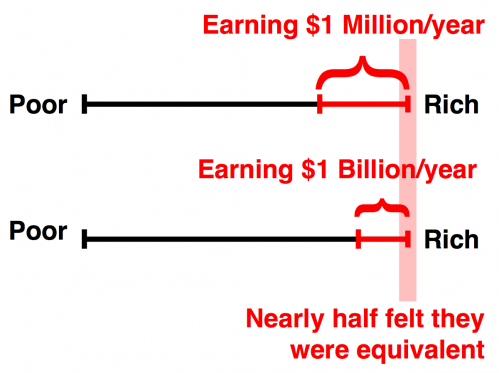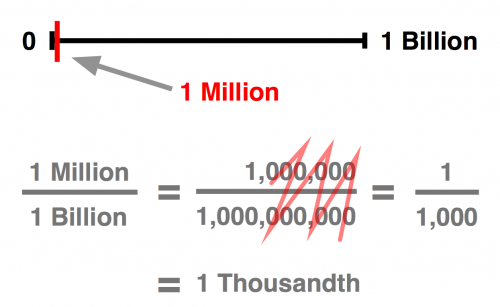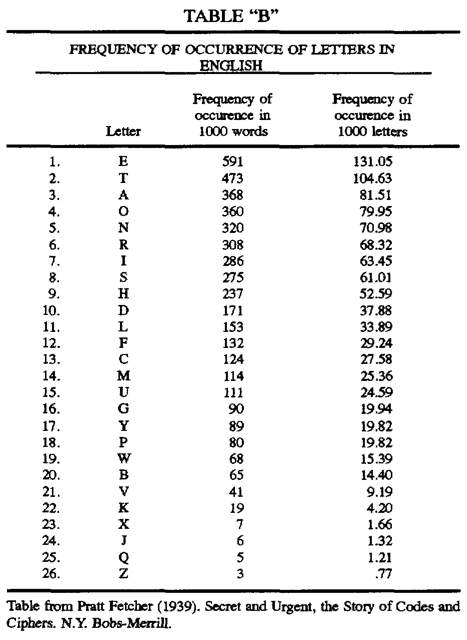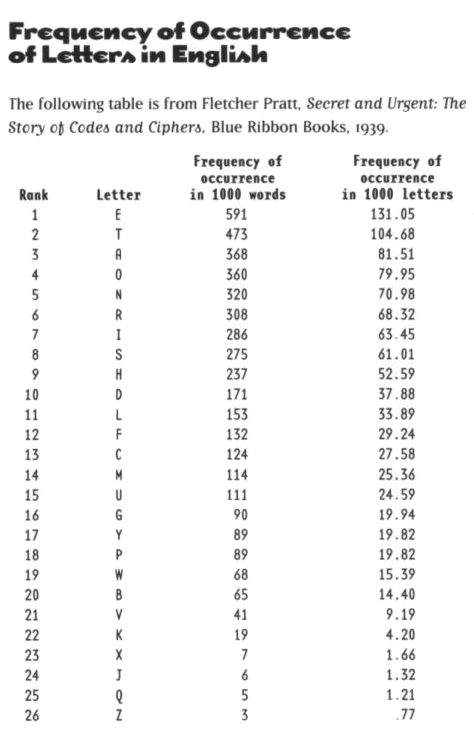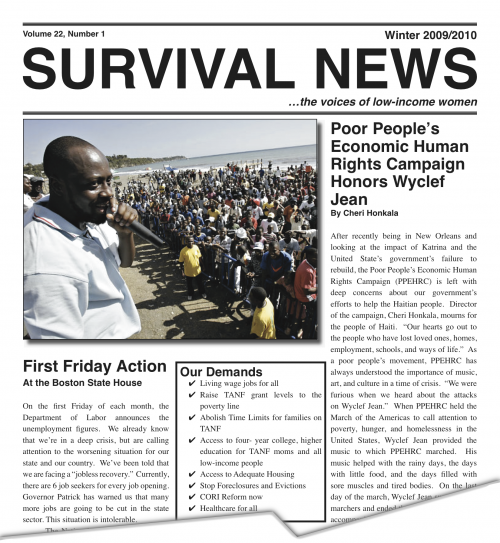Internships and the media
An exceprt from “Internment Camp: The Intern Economy and the Culture Trust (Interns Built the Pyramids)” by Jim Federick in The Baffler ( 1997: Vol. 1, No. 9.) - mentioned by Henri Makembe on the Mission Based Massachusetts listserv.
All Internships Lead to MTV
Given the fact that they benefit so handsomely from the intern economy, it is no surprise that the media routinely run stories on the virtues of internships. The stories always seem to follow the same pattern. First comes the bad news about how tough it is out there: “For 17 years straight, A. Todd Iannucelli made a late summer trip to the stationary store to buy loose-leafsheets for classroom note-taking,” goes one cautionary tale that appeared in August 1995 in the Washington Post. “This year, he went to replenish a dwindling supply of resume paper, having joined a growing number of college grads who, as fall approaches, remain jobless and planless.” Then they assure us that internships are the only way a college kid is going to get by in the cutthroat world of the Culture Trust: “Consultants say the route has become a popular one with savvy jobseekers,” the Post continues. “For a new entrant into the job market, volunteering or unpaid internships may be the only ways to amass credentials”
It should hardly surprise us, given the amount they stand to gain from the unfettered operating of the intern economy, that the hippest publications are among the most regular and most sanguine chroniclers of the intern’s happy lot. Rolling Stone, a notorious intern abuser, runs gooey features on the glories of unpaid internships in its annual college issue. One year it profiled the lucky guy who drove the Oscar Meyer weinermobile, the even luckier guy who got to fetch lunch for Howard Stern, and, luckiest of all, the New York Knicks towel guy. But Rolling Stone doesn’t want Chip and Jessica getting swollen heads just because they get to sweat for the stars, and so on occasion it will tincture the standard categories of the intern story with a certain wholesome contempt for the young people who put themselves out for the glamour business. “You would be surprised how many intelligent people cannot take a cohesive phone message or Xerox more than one copy of a document,” it quoted Victoria Rowan, a woman who had risen from internhood to be a powerful and glamorous assistant editor at Mirabella, as saying back in 1993. “It’s not a game of shit on the peon. Coffee has to be ordered.” Indeed it does, gentle Victoria. But if you’re not paying the peon minimum you are, in fact, shitting on her. Even girl-empowering Sassy gets in on the act, following in 1995 the heroic exploits of an intern at - surprise - MTV: “Biggest perk: We got to go to Madonna’a Bedtime Story Pajama Party at Webster Hall (a huge club in New York City). Worst part of the job: We have to go up to the 50th floor a lot, and the elevator makes me nauseous.
But to read the most addle-eyed intern-economy glorification of all you have to turn to the new New Yorker, which in October 1994 ran Rocking in Shangri-La: a story by John Seabrook about interns at - you guessed it - MTV. The story actually attempts to convince readers that “the real power brokers at MTV are not President Shirley McGrath, Chair Tom Freston, or even Viacom Chair Sumner Redstone, but its “employees under the age of twenty-five.” “When you are in your early twenties and you are working for MTV,” Seabrook writes, in one of the most appallingly misguided tributes to the Culture Trust to appear to date, “you carry in your brain, muscles, and gonads a kind of mystical authority that your bosses don’t possess.” After 14 long pages it turns out that the “authority” possessed by the low-paid production assistants and the unpaid interns boils down to this: They are walking, talking demographic surveys who tell executives what ia cool and what sucks. In exchange, they get free MTV stuff! And they’re allowed to listen to music as loud as they want! Often, observes the venerable New Yorker, interns will “rock out together for a moment before continuing along the hall,” because, we are told, “employees who think that a particular song ‘rules’ are encouraged to crank it.”
